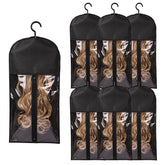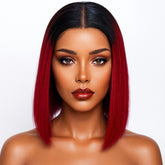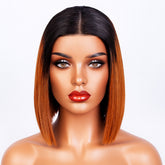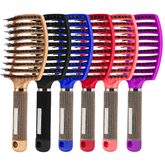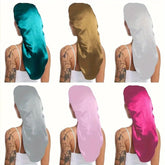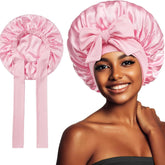What AI images of Elon Musk tell us about hair and body image

When an AI-generated image circulated showing Elon Musk as he might appear without recent weight-loss medication and without evidence of a hair transplant, it reignited familiar debates: how celebrity images shape public expectations about appearance, the ethics of synthetic editing, and whether a single picture can shift attitudes towards hair restoration. The image — shared and discussed widely in the press — offers a useful case study for anyone interested in hair, body image and how trends in technology intersect with the beauty sector.
Why the AI image resonated
The image tapped into several contemporary conversations. First, high-profile figures who openly discuss medical weight-loss treatments have made such therapies more visible to the public. Elon Musk has been candid about using drugs like Mounjaro and previously referenced Ozempic in jest, which means depictions of him — real or altered — carry extra cultural weight.
Second, hair remains a potent symbol of identity. Reports that Musk has undergone a hair transplant have circulated for years; an image that imagines him without one prompts viewers to consider how much a surgical or non-surgical intervention contributes to perceived age and confidence.
Finally, AI makes it easy to generate plausible alternate appearances. That convenience changes the conversation, because audiences may not always distinguish between authentic photographs and clever reconstructions.
Implications for the hair and beauty sector
While this particular image centres on a public figure, the ripple effects reach salons, clinicians and consumers. Here are some of the immediate implications we’re seeing:
- Increased curiosity about hair restoration: Public interest in transplants and non-surgical treatments often spikes when celebrities are discussed — whether for retaining or reversing hair density.
- Demand for realistic expectations: Stylists and clinicians must emphasise what procedures can and cannot achieve, especially when clients arrive with images created or altered by AI.
- Stronger need for informed consent and clear communication in clinics: Visual references help, but professionals should verify whether a client’s inspiration is an accurate representation.
For the hair industry in the UK and beyond, celebrity-driven conversations can be a mixed blessing. They raise awareness and destigmatise procedures for some, but they can also fuel unrealistic beauty standards that professionals then have to contextualise.
How readers can interpret celebrity images responsibly
For anyone wondering how to navigate this new visual landscape, a measured approach helps. Consider the following steps when you encounter striking celebrity images — AI-generated or otherwise:
- Check the source: Is the image credited to a news organisation, a personal social account, or an AI generator? Reliable sources will be transparent about edits.
- Ask about context: Has the celebrity discussed treatments publicly? Reports and interviews can clarify whether an image aligns with reality.
- Consult professionals: If you’re inspired by a look, speak to a qualified stylist or trichologist who can assess your hair and discuss realistic options.
- Consider mental health effects: Comparing yourself to altered celebrity images can undermine body confidence; seek supportive advice if you find these comparisons distressing.
The interplay between celebrity, technology and cosmetic procedures has practical consequences. Clinics should expect prospective clients to present AI-augmented images and must be prepared to decode them, while stylists may need to educate clients about the timelines and limitations of interventions such as transplants, PRP or topical treatments.
Ethics, misinformation and media literacy
AI’s capacity to produce convincing images raises ethical questions for publishers and platforms. Misinformation can spread when images are used without clarification. For journalists and industry professionals, transparency matters: labelling, context and responsible reporting help audiences understand what they’re looking at and why it matters.
For the public, developing media literacy is now part of caring for your appearance: recognising that an image is synthetic can prevent unrealistic expectations and reduce pressure on both consumers and practitioners.
Takeaway
AI-generated images of celebrities — like the recent depiction of Elon Musk without weight-loss drugs or hair-restoration effects — are more than curiosities. They expose how technology shapes perceptions of ageing, hair and body image, and they underscore the importance of transparency from media and care from the hair industry. For professionals, the challenge is clear: respond with honest advice, realistic timelines and patient-centred communication. For consumers, the best defence is informed curiosity — check sources, ask questions and seek expert guidance before acting on inspiration.
Explore More: Discover related reads from Hairporium — News • Guides • DIYs • Expert Articles.
Stay Updated: Read more UK hair industry news and innovations on Hairporium News.

